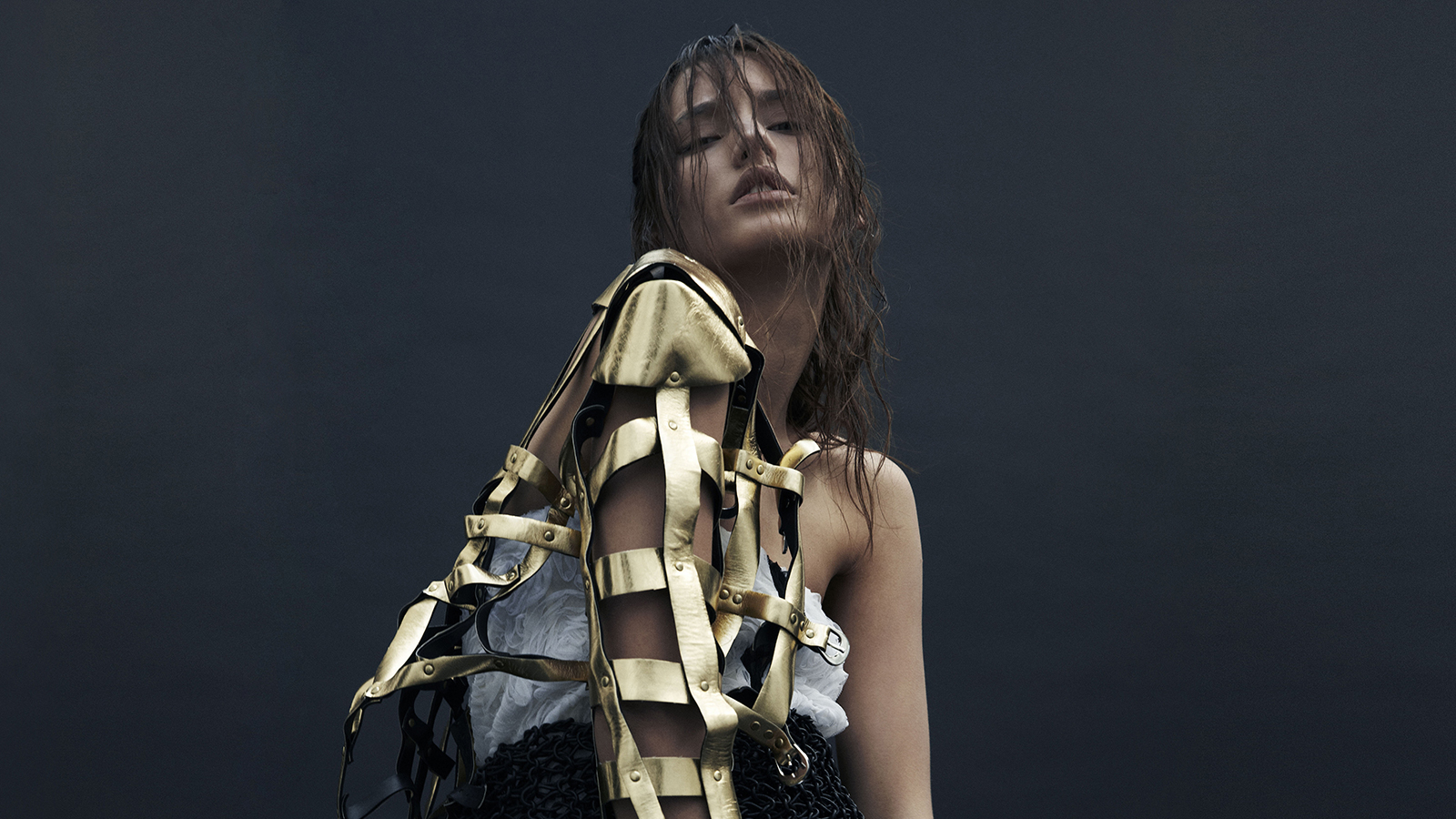
Expert Insights: Matteo Cibic
الأخبار
 مشاركة
مشاركة
Expert Insights: Matteo Cibic
Designer and founder Matteo Cibic Studio
١٣ نوفمبر ٢٠١٨
Matteo Cibic is a creative company based in Milan and Vicenza, Italy. In the past 10 years Matteo Cibic and his team developed products and creative ideas for international companies, private collectors and cultural institutions.
When and how you realized that design was the right professional path for you?
I understood it at the age of 14, when I went to spend the summer in Milan, at my uncle's studio, which was also next to a model agency. As a child I wanted to be the Pope, I was a fervent altar boy with a career as a priest in front of me and the ambition of becoming Pope. Later on my parents decided to send me to my uncle's and there I understood that life as a designer would be a great alternative to being the Pope.
Your work is characterized by great eclecticism: what are your main sources of inspiration?
The world of Arts & Crafts has always been a strong source of inspiration, but also history, legends, mythological objects and spaces, objets trouvés. From all this I can draw a narrative, a storytelling, a grammar of style and sign which I convert into what I design.
What are the 3 most important things you learned while working at your uncle's studio?
- Pretending to not know how to use Autocad
- Establishing a relationship of empathy with craftsmen or companies, but especially with the artisans who "physically" produce your pieces
- Always investing in a research project
هل أنت مهتم بإحدى الدورات الدراسية؟
